Home>Ideas and Tips>Building A Small Greenhouse For Fresh Veggies Year-Round
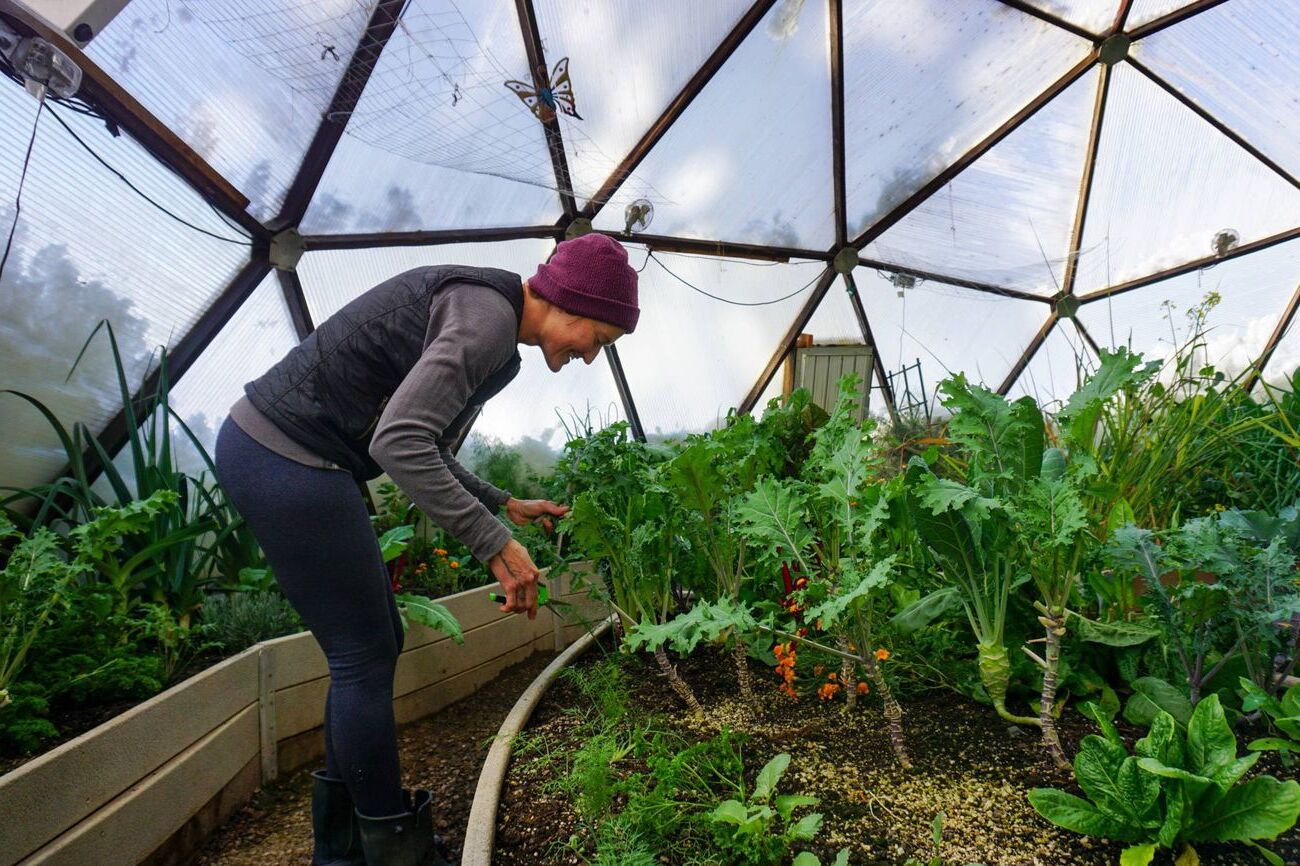

Ideas and Tips
Building A Small Greenhouse For Fresh Veggies Year-Round
Published: November 3, 2024
Learn how to build a small greenhouse to grow fresh veggies year-round. Extend your growing season and enjoy sustainable gardening with our step-by-step guide.
(Many of the links in this article redirect to a specific reviewed product. Your purchase of these products through affiliate links helps to generate commission for Storables.com, at no extra cost. Learn more)
Introduction
Growing your own vegetables year-round can be a rewarding and sustainable way to ensure a steady supply of fresh produce, regardless of the season. One of the most effective ways to achieve this is by building a small greenhouse. In this article, we will guide you through the process of designing and constructing a small greenhouse that can provide you with fresh veggies throughout the year.
Why Build a Greenhouse?
Building a greenhouse is a fantastic idea for year-round vegetable gardening. It lets you extend the growing season by providing a controlled environment that shields your plants from harsh weather conditions like frost, extreme temperatures, and heavy rainfall. This means you can grow crops that typically thrive in warmer months during the winter as well. A well-designed greenhouse can be used for both winter and summer crops. In the winter, you can grow cold-hardy vegetables like kale, spinach, and carrots. During the summer, you can transition to heat-loving crops like tomatoes, peppers, and cucumbers. Greenhouses are incredibly space-efficient. Even a small structure can accommodate a variety of plants, making it ideal for urban or backyard gardens where space is limited. One of the most significant advantages of a greenhouse is its ability to maintain a consistent internal climate. This allows you to control factors like temperature, humidity, and light levels, which are crucial for optimal plant growth.
Basic Dimensions and Design
When designing your small greenhouse, there are several key dimensions and features to consider. A typical small greenhouse might have a footprint of around 9-by-16 feet. This size is large enough to accommodate multiple plants but small enough to fit in most backyards or urban spaces. The roof design is crucial for water runoff and structural integrity. A 3-foot flat roof extending from the back wall is recommended. This design ensures that water runs towards the back wall, reducing the risk of water accumulation inside the greenhouse. For glazing, you can use 8-foot sloped boards made from materials like polyethylene or polycarbonate. These materials are flexible, waterproof, and provide excellent insulation against cold temperatures. The overall height of the greenhouse should be around 6 feet 6 inches. This height allows for easy access and can be adjusted based on how deep you dig or how tall the stone foundation is. A 5-foot-tall doorway is ideal for easy entry and exit.
Materials Needed
To build your small greenhouse, you'll need the following materials:
- 2-by-4 inch frame structure: This will serve as the base of your greenhouse.
- Reflectix or bubble insulation: For the back wall to retain heat.
- Extra field stone: For thermal mass to store the sun’s warmth.
- Metal roofing: To ensure water runs off properly.
- Internal gutter: To catch rainwater and send it down a rain chain to fill the rain barrel.
- Rain barrel: To provide thermal mass and year-round water.
- Flexible, waterproof LED grow light strips: For extended light hours during winter.
- Underground cables and 12-volt battery bank: For powering grow lights.
Step-by-Step Instructions
Read more: How To Build A Greenhouse With Glass
1. Choose Your Location
Before you start building, it's essential to choose a location that receives plenty of sunlight. If you don't have an existing fence or wall, consider using a south-facing wall of your house, shed, or barn as the back wall of your greenhouse.
2. Prepare the Site
Ensure the site is level and clear of any debris. If you're building on a hill, stake off the four corners and decide where to place your door. Positioning the door so that prevailing winds blow into the greenhouse can help maintain a stable internal climate.
3. Build the Frame
Using a simple 2-by-4 frame lean-to design is recommended for its ease of construction and effectiveness in retaining warmth. If you're using an existing fence as part of your back wall, attach hinges to a board on this wall for easy access.
4. Insulate and Add Thermal Mass
Cover the back wall with Reflectix or bubble insulation to retain heat. Add extra field stone around the pots or beds for thermal mass to store the sun’s warmth.
Read more: Creating A Year-Round Container Garden
5. Install Roofing and Gutters
Install metal roofing with a slight slant so that water runs towards the back wall. Ensure there's a seam in the metal roofing that allows water to leak inside the greenhouse if necessary. Install an internal gutter system that catches rainwater and sends it down a rain chain to fill a rain barrel.
6. Add Grow Lights
Flexible, waterproof LED grow light strips attached to each of the sloped boards provide additional light hours during winter evenings when natural daylight is scarce. Connect these boards via underground cables to a 12-volt battery bank in your home’s basement for power.
7. Plant Selection
Choosing the right plants is crucial for year-round production in your greenhouse.
Winter Crops:
- Swiss Chard (Fordhook Giant): A cold-hardy crop that can be harvested continuously.
- Kale: Another great cut-and-come-again plant that overwinters well.
- Carrots: Easier to germinate in damp soil conditions found in greenhouses.
- Collard Green (Ole Timey Blue): A frost-tolerant crop ideal for winter harvests.
Summer Crops:
- Tomatoes: Heat-loving crops that thrive in warmer temperatures.
- Peppers: Similar to tomatoes, they require higher temperatures but can be grown year-round with proper climate control.
- Cucumbers: These can be trained to climb up trellises or other supports within the greenhouse.
Additional Tips
Read more: How To Build A Foundation For A Greenhouse
Ventilation
Proper ventilation is crucial in greenhouses, especially during hot weather. Ensure you have roll-up sides, windows, and a door for venting. In early spring and late autumn, roll up the sides slightly to permit good airflow and reduce condensation.
Soil Care
Greenhouse soil becomes deficient in specific micro-nutrients like Boron or macro-nutrients like nitrogen over time. Test your soil occasionally but use general-purpose Biofert organic fertilizer along with extra calcium to keep the soils healthy.
Scheduling Crops
Rotating crops is essential for year-round growing. Plan ahead by calculating how many dinner parties you'll host or how many pizzas with arugula you'll serve during each season. Keep track of what you buy for a year or even a winter season and start by growing to meet your needs.
Conclusion
Building a small greenhouse for fresh veggies year-round is an exciting project that offers numerous benefits from extending the growing season to providing a controlled environment for optimal plant growth. By following these steps and choosing the right materials, you can create a productive space that will keep you harvesting fresh produce throughout the year.
Whether you're an experienced gardener or just starting out, this guide provides everything you need to get started on your journey towards year-round vegetable gardening. So why wait? Start planning your small greenhouse today and enjoy the satisfaction of having fresh veggies right at your fingertips all year long
Was this page helpful?
At Storables.com, we guarantee accurate and reliable information. Our content, validated by Expert Board Contributors, is crafted following stringent Editorial Policies. We're committed to providing you with well-researched, expert-backed insights for all your informational needs.

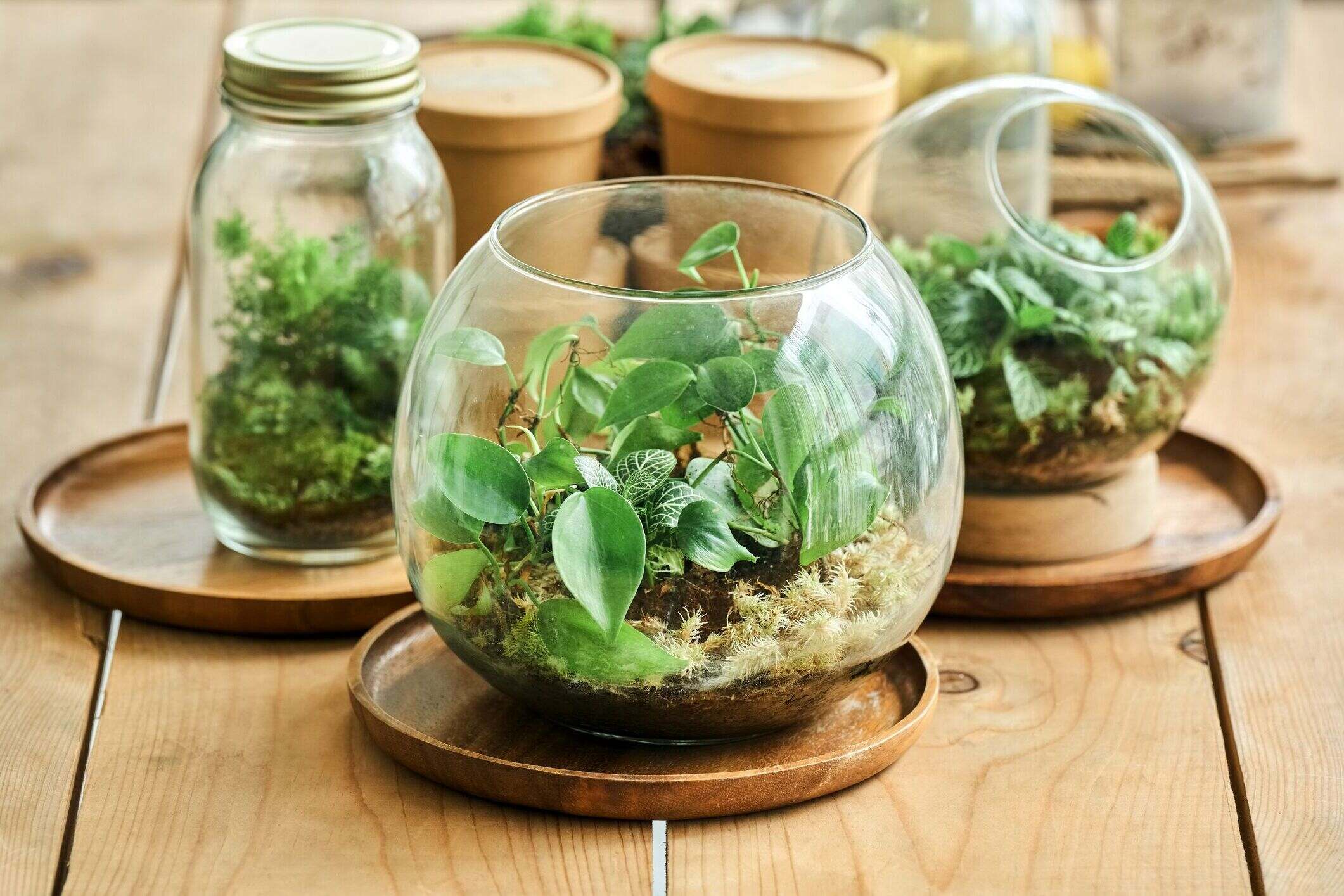
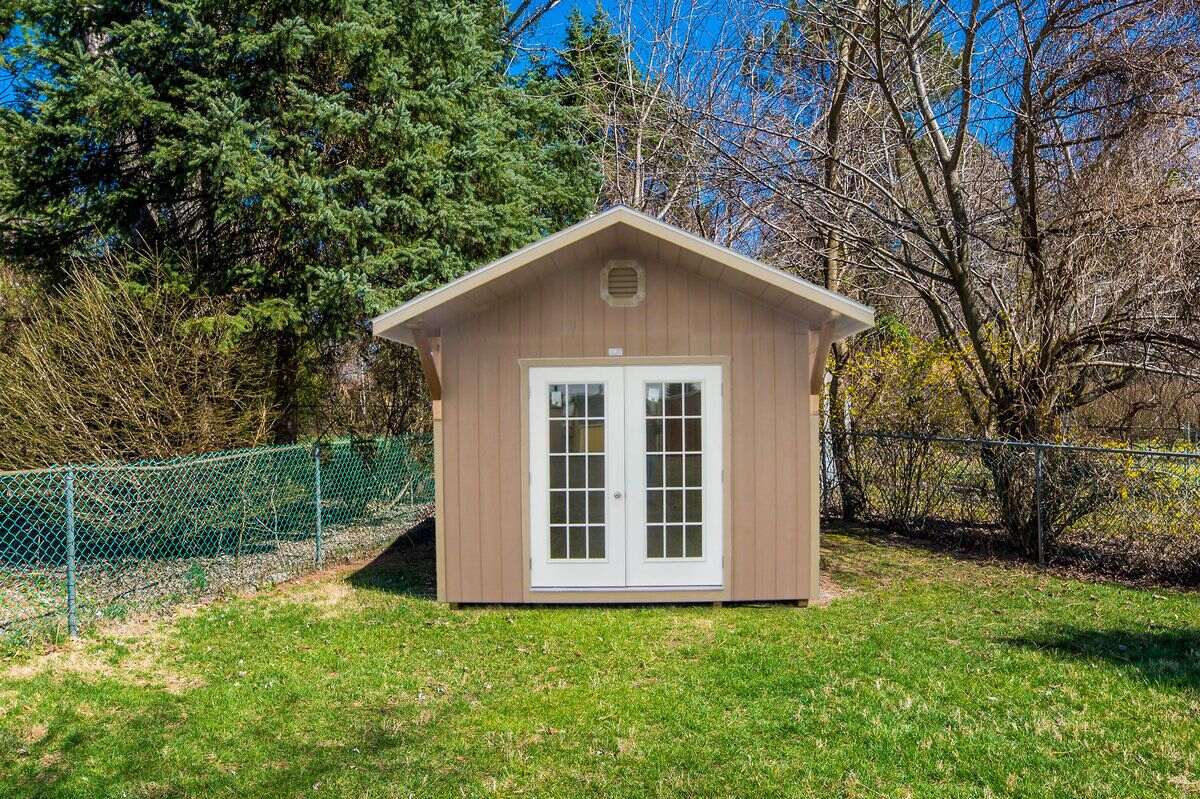
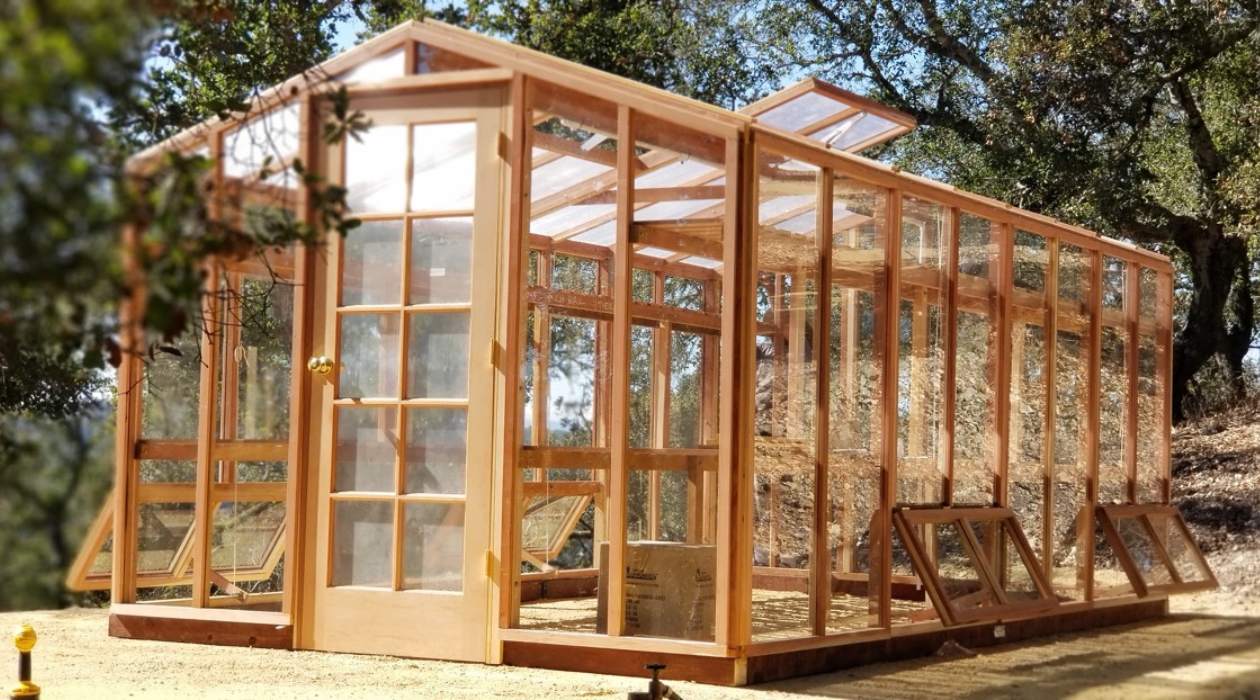
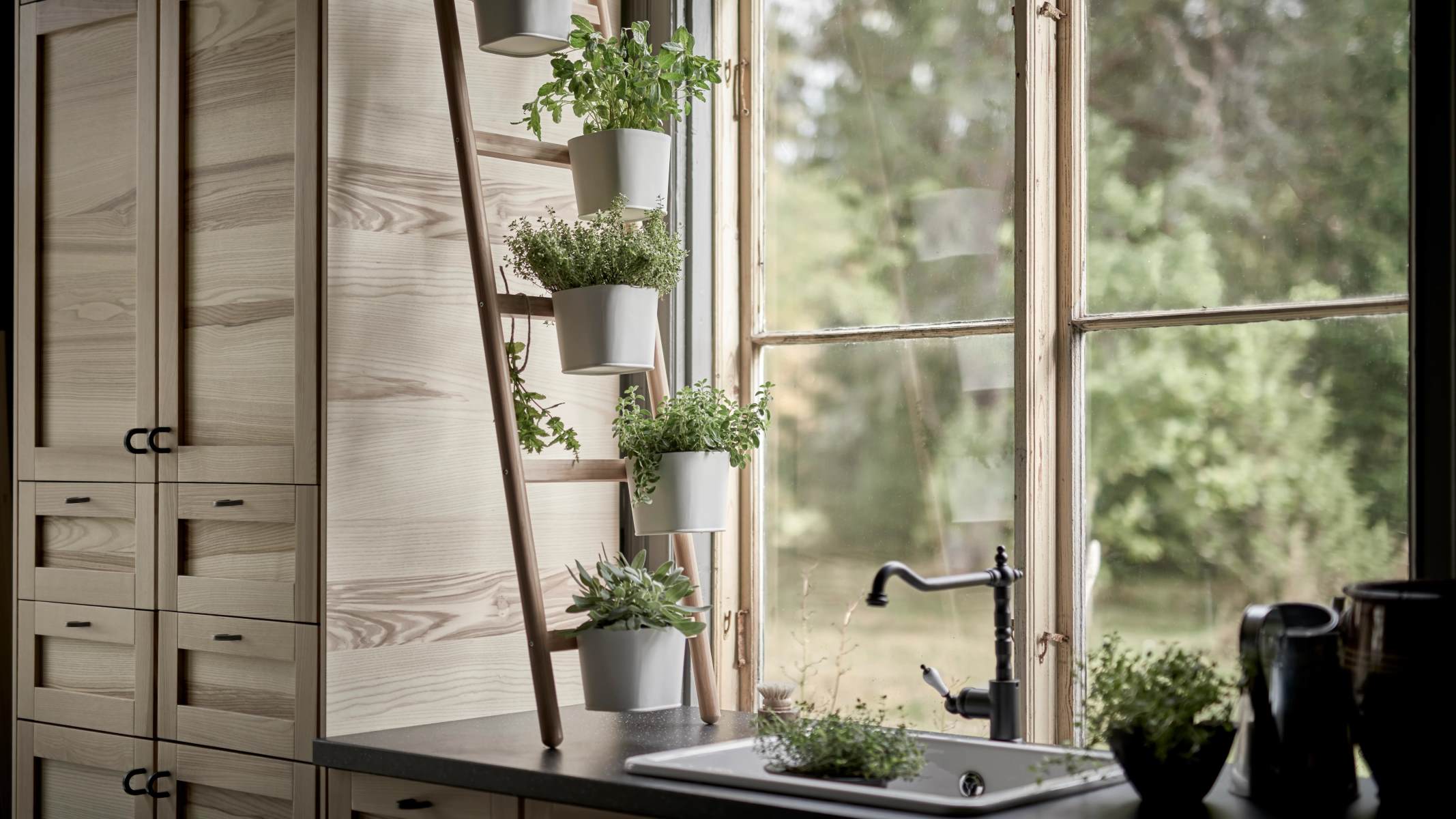
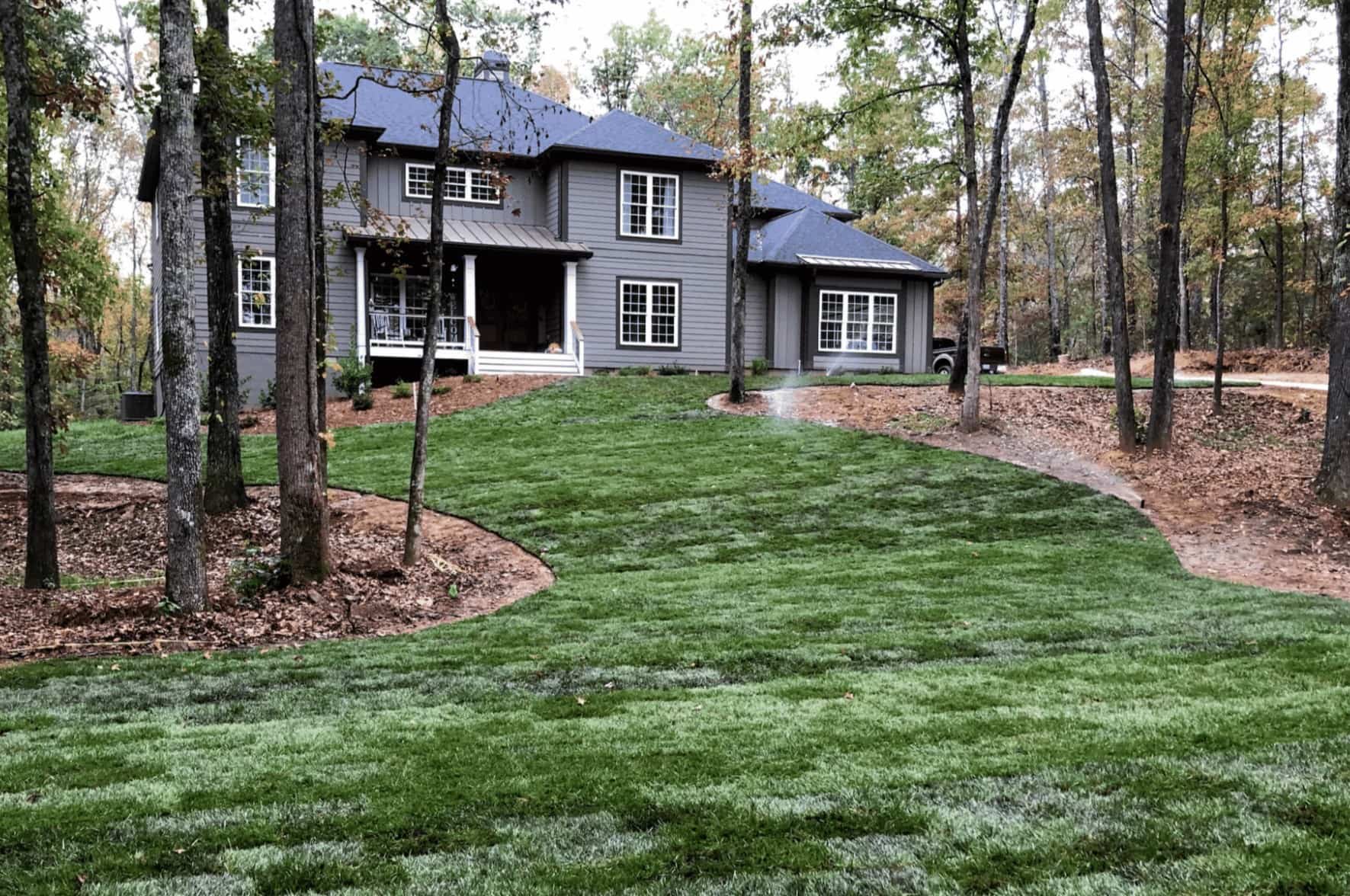
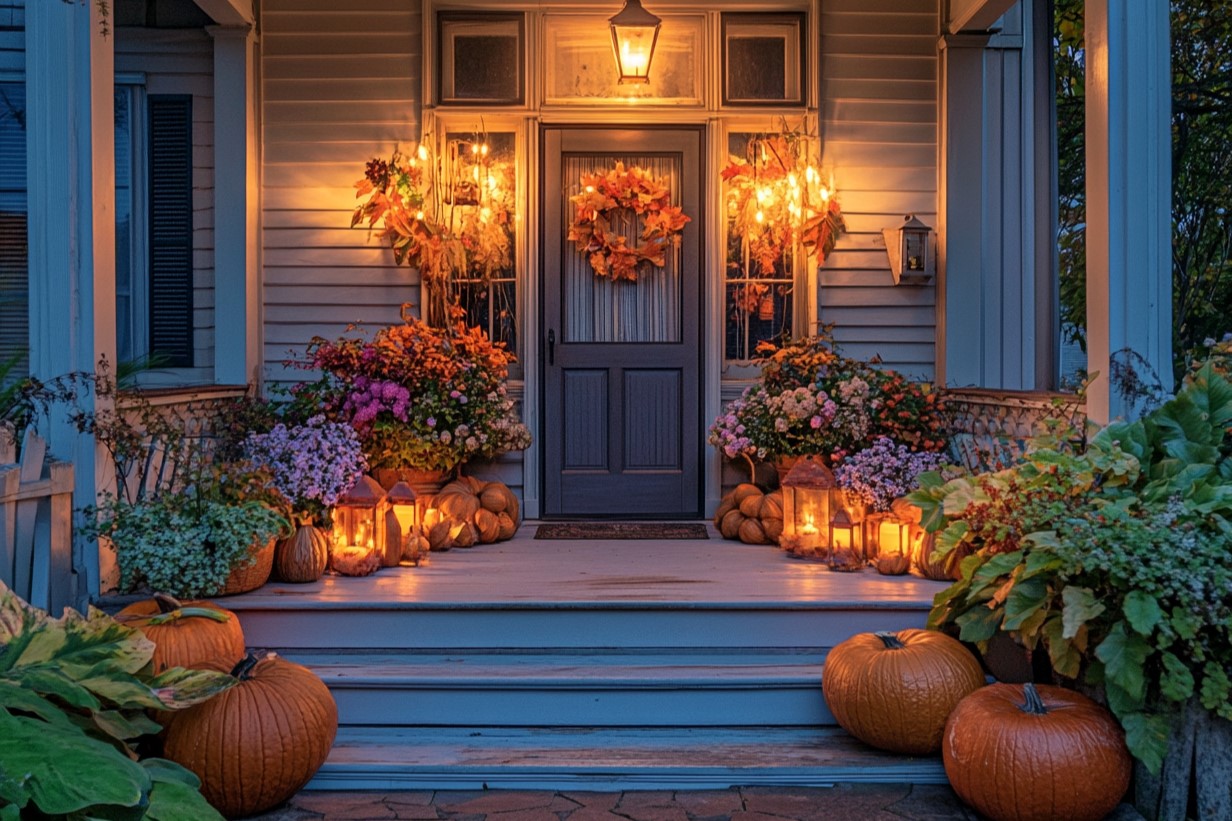
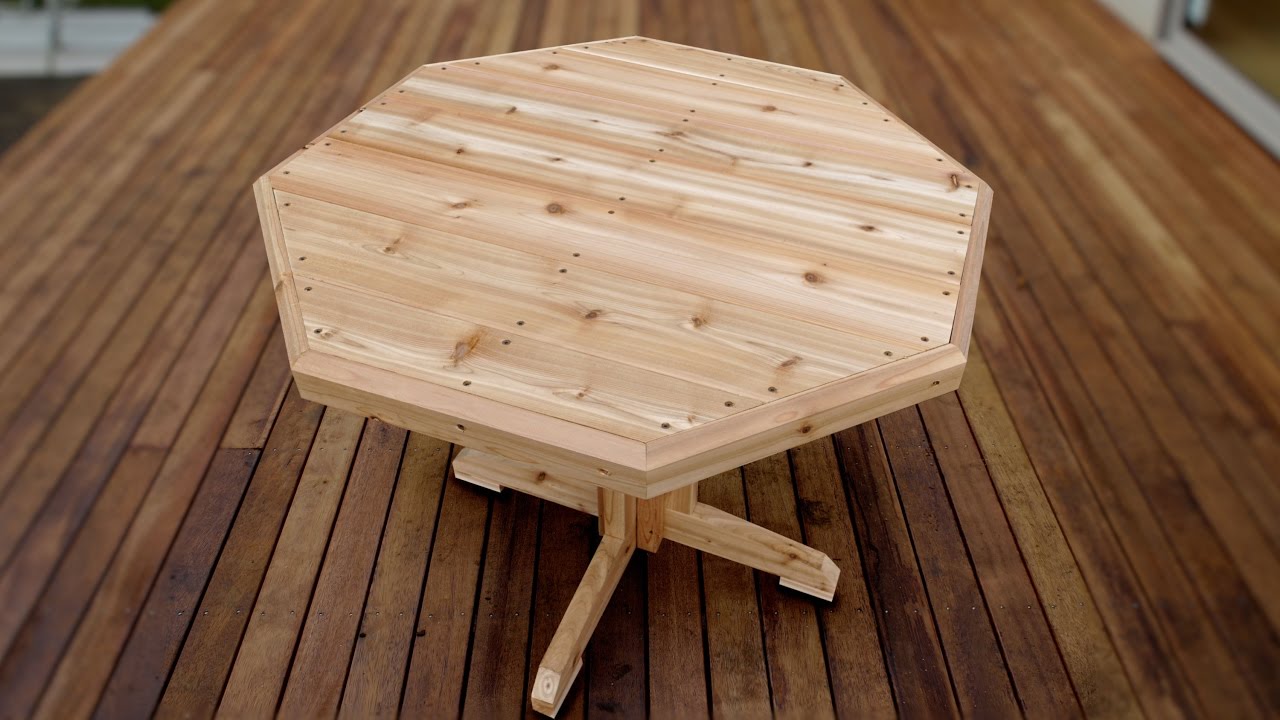
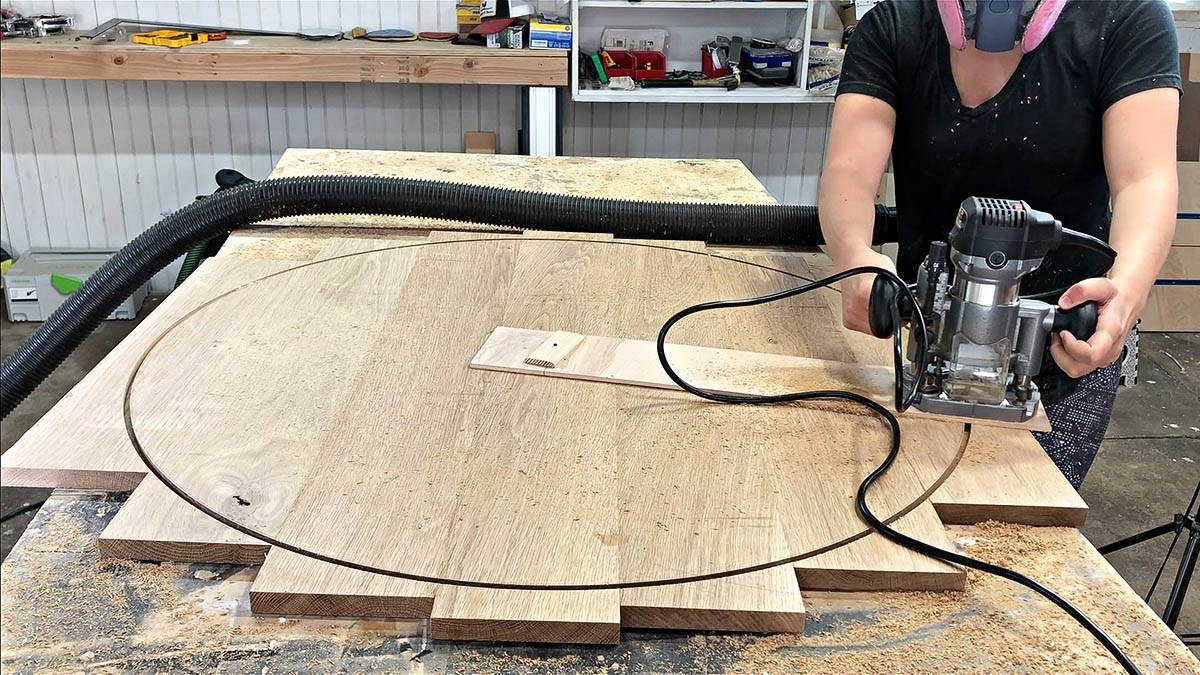
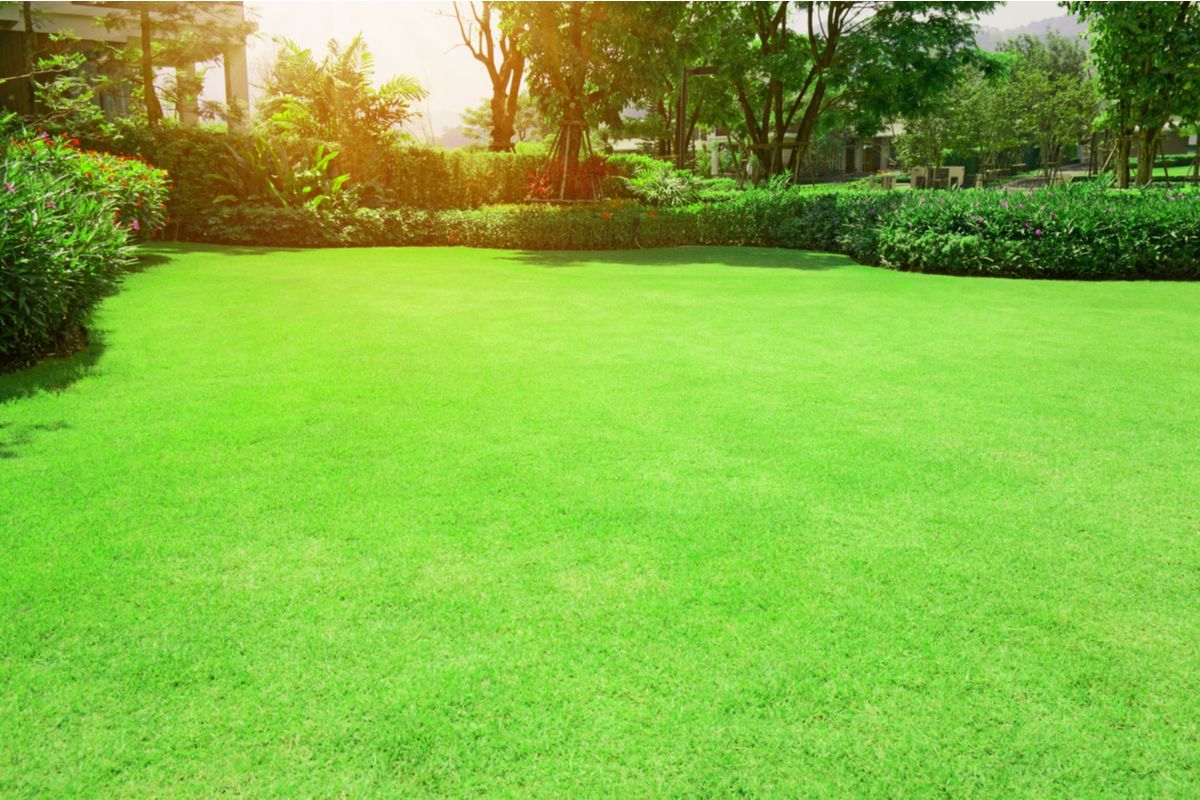
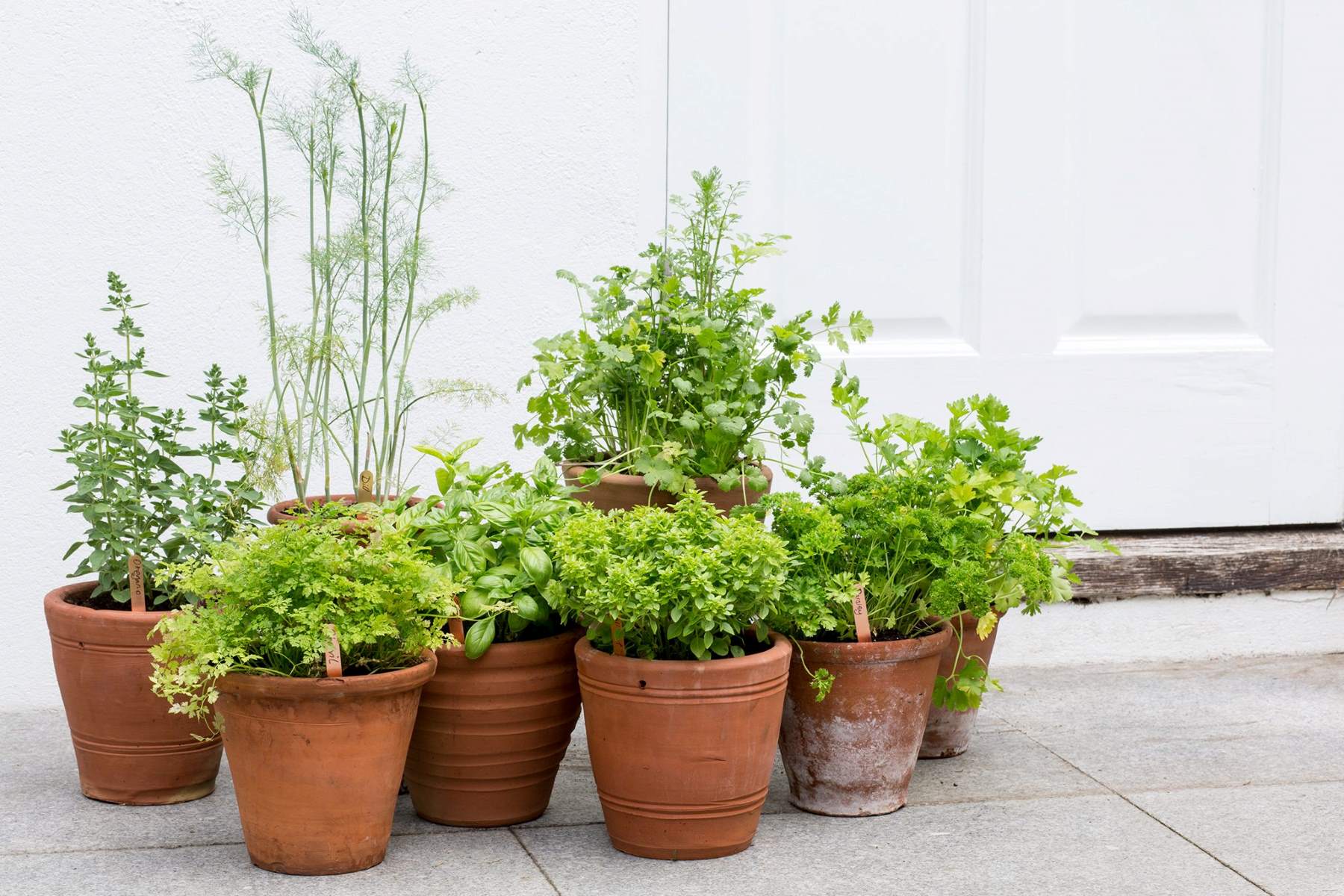
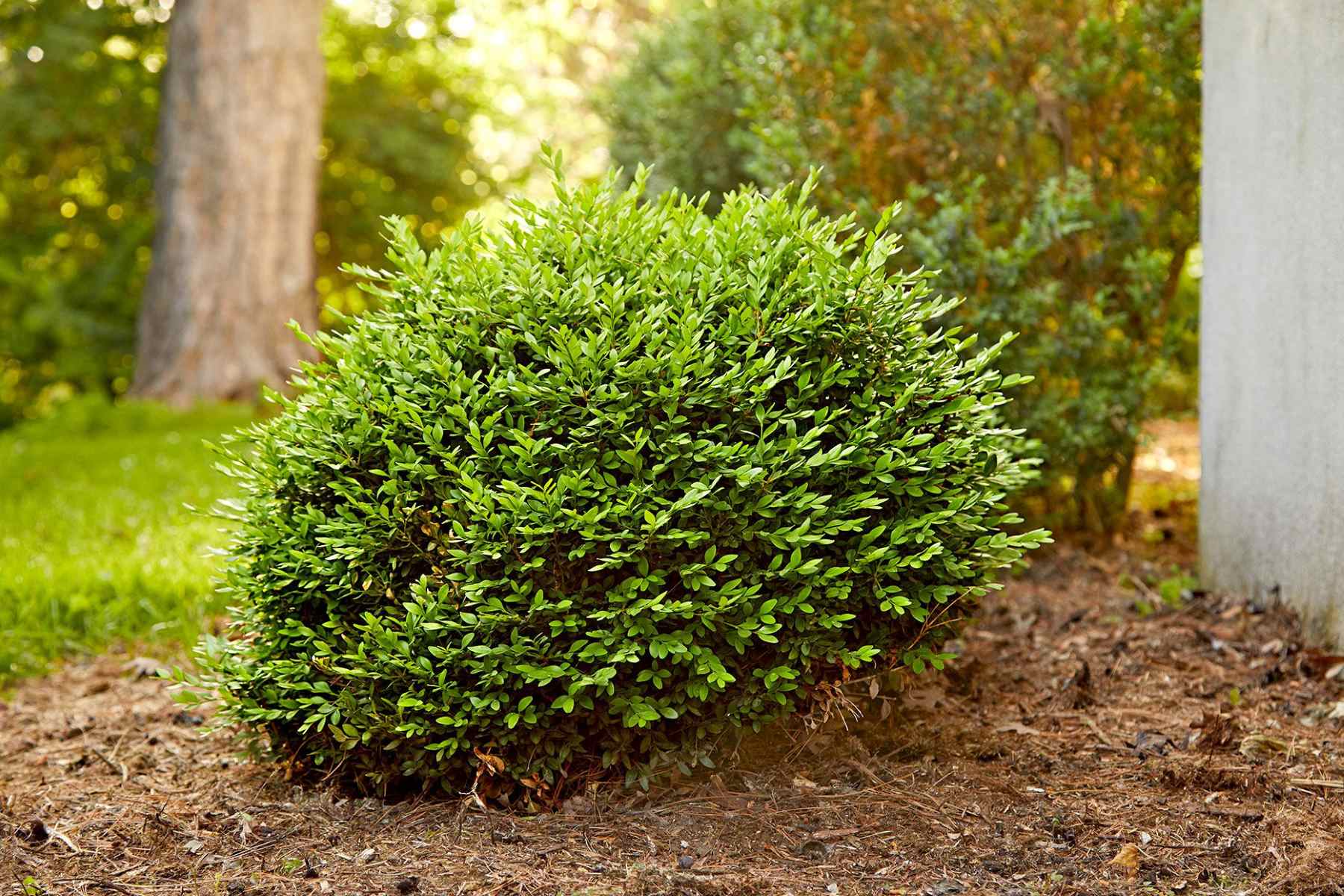

0 thoughts on “Building A Small Greenhouse For Fresh Veggies Year-Round”